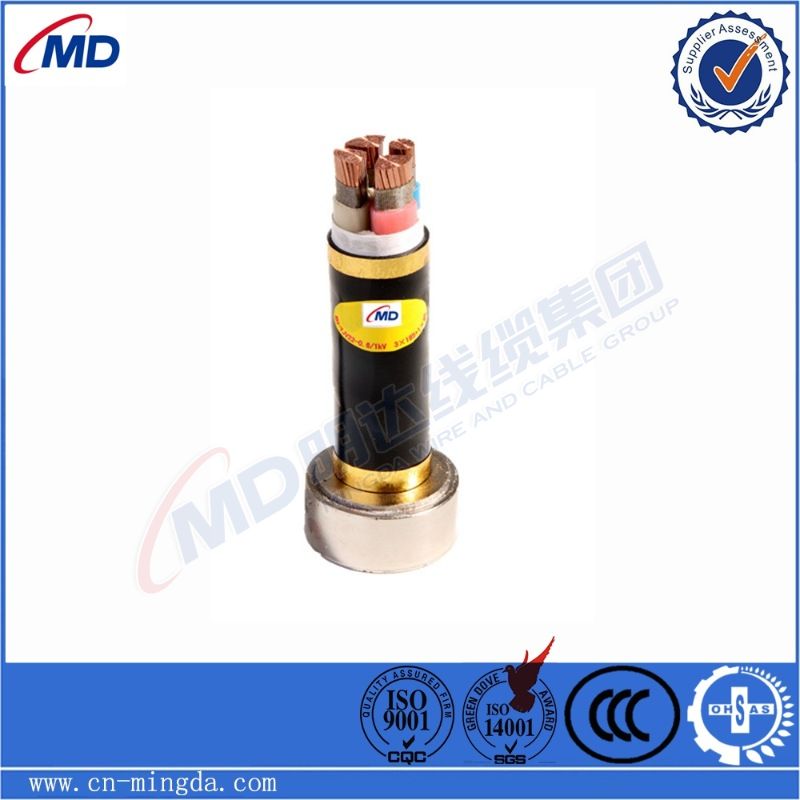Nov . 19, 2024 01:32 Back to list
rising stem gate valve
Understanding Rising Stem Gate Valves Functionality and Applications
Rising stem gate valves are an essential component in numerous industrial applications, particularly in the management of fluid flow in pipelines. Recognized for their reliability and straightforward operational mechanics, these valves are often used in situations where full flow is required with minimal pressure drop. This article delves into the functionality, components, advantages, and applications of rising stem gate valves.
What is a Rising Stem Gate Valve?
At its core, a rising stem gate valve is designed to provide on/off flow control in a pipeline. The key feature that sets this valve apart from its counterparts is the rising stem mechanism. When the valve is opened or closed, the stem rises or lowers rather than remaining stationary. This movement not only indicates the valve's position but also enhances the sealing mechanism, making it more effective in preventing leaks.
Components of a Rising Stem Gate Valve
1. Body The main structure that houses all the internal components. It is typically made from materials such as carbon steel, stainless steel, or cast iron, depending on the application and pressure requirements.
2. Stem A long rod that connects the handwheel or actuator to the gate. As the handwheel is turned, the stem moves either up or down to open or close the valve.
3. Gate The part that blocks or allows fluid flow. Gates are usually flat and designed to either fully open or fully close the passageway.
4. Bonnet This component covers the valve body’s opening and houses the stem and packing. It plays a crucial role in maintaining pressure and preventing leaks.
5. Handwheel/Actuator Used to manually operate the valve, though in larger systems, electric or pneumatic actuators may be utilized for remote operations.
Advantages of Rising Stem Gate Valves
rising stem gate valve

2. Minimal Pressure Drop When fully opened, the gate does not obstruct the flow, allowing for very low pressure drops across the valve, making it ideal for high-flow applications.
3. Durability Designed to handle significant pressure and temperature variations, rising stem gate valves are highly durable and can function in harsh environments.
4. Ease of Maintenance With fewer parts that undergo wear, maintenance and repairs on rising stem gate valves tend to be straightforward.
Applications of Rising Stem Gate Valves
Rising stem gate valves are widely used across various industries, including but not limited to
- Waterworks In municipal water distribution systems, these valves control the flow and distribution of potable water.
- Oil and Gas Utilized in pipelines for crude oil, natural gas, and other petroleum products for their ability to handle high pressures.
- Power Generation Essential in power plants for cooling systems and boiler feedwater applications.
- Chemical Industry Used to control the flow of aggressive chemicals where reliable sealing is critical.
Conclusion
In summary, rising stem gate valves are integral to fluid control systems in various applications due to their reliability, ease of maintenance, and effective sealing capabilities. Understanding their functionality and benefits helps industries choose the right valve type for their specific needs, ensuring efficient and safe operations in their processes. With advancements in materials and technology, the future of rising stem gate valves looks promising, continuing to meet the demands of modern industrial applications.
Share
-
Reliable Wafer Type Butterfly Valves for Every IndustryNewsJul.25,2025
-
Reliable Flow Control Begins with the Right Ball Check ValveNewsJul.25,2025
-
Precision Flow Control Starts with Quality ValvesNewsJul.25,2025
-
Industrial Flow Control ReliabilityNewsJul.25,2025
-
Engineered for Efficiency Gate Valves That Power Industrial PerformanceNewsJul.25,2025
-
Empowering Infrastructure Through Quality ManufacturingNewsJul.25,2025